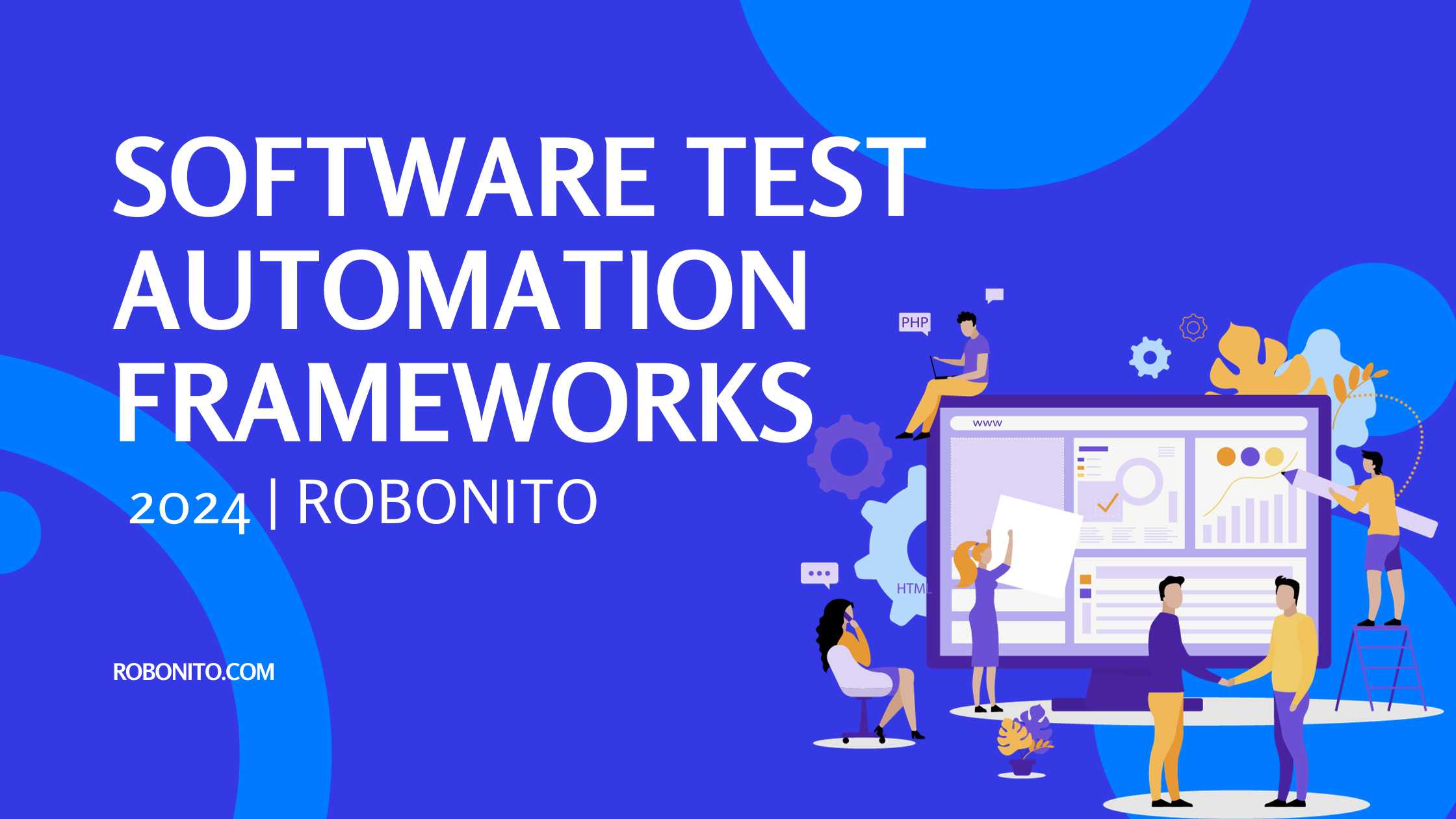In today’s fast-paced software development environment, Software Test Automation Frameworks play a critical role in ensuring quality and efficiency. These frameworks help streamline testing processes, reduce manual effort, and improve overall project outcomes. This article dives deep into the concept of Software Test Automation Frameworks, exploring their types, benefits, and best practices.
What Are Software Test Automation Frameworks?
Software Test Automation Frameworks are structured sets of guidelines or rules used to automate software testing processes. These frameworks provide a standardized way of writing test scripts, making it easier to identify and fix issues. With the increasing complexity of software applications, the importance of adopting a reliable framework has never been greater.
Types of Software Test Automation Frameworks
Understanding the different types of Software Test Automation Frameworks can help you choose the one that best fits your project requirements:
1. Linear Framework**
-
This is the simplest type of framework, often referred to as the "record-and-playback" approach.
-
Best suited for small projects with minimal complexity.
2. Modular Framework
-
In this framework, test scripts are divided into smaller, independent modules.
-
Offers better scalability and reusability.
3. Data-Driven Framework
-
Focuses on separating test data from test scripts.
-
Ideal for applications requiring extensive test cases with multiple input variations.
4. keyword-Driven Framework
-
Uses a table-driven approach where keywords represent user actions.
-
Suitable for testers with limited programming skills.
5. Hybrid Framework
-
Combines features of multiple frameworks to offer greater flexibility.
-
Popular among teams looking for a customizable solution.
6. Behavior-Driven Development (BDD) Framework
-
Emphasizes collaboration between developers, testers, and business analysts.
-
Tools like Cucumber and SpecFlow are commonly used.
Benefits of Using Software Test Automation Frameworks
Adopting Software Test Automation Frameworks can provide numerous advantages:
- Improved Efficiency: Automation frameworks reduce manual effort, enabling faster test execution.
- Consistency: Standardized practices ensure uniformity in testing.
- Reusability: Components and test scripts can be reused across multiple projects.
- Scalability: Frameworks can be easily adapted to accommodate growing project requirements.
- Cost Savings: By minimizing human intervention, organizations can significantly cut testing costs.
How to Choose the Right Software Test Automation Framework
Selecting the right framework for your project is crucial. Consider the following factors:
-
Project Requirements: Analyze the complexity and scale of the project.
-
Skill Set: Assess the programming expertise of your team.
-
Tool Compatibility: Ensure the framework supports your preferred testing tools.
-
Budget: Opt for a cost-effective solution without compromising on quality.
-
Scalability: Choose a framework that can grow with your project needs.
Best Practices for Implementing Software Test Automation Frameworks
To make the most of Software Test Automation Frameworks, follow these best practices:
- Plan Ahead: Define clear objectives and a roadmap for automation.
- Use Version Control: Maintain a repository for test scripts and configurations.
- Leverage CI/CD: Integrate the framework into your CI/CD pipeline for seamless deployment.
- Regular Updates: Keep the framework updated with the latest tools and technologies.
- Collaborate: Encourage open communication among team members to address challenges effectively.
Popular Tools for Software Test Automation Frameworks
Here are some widely-used tools that complement Software Test Automation Frameworks:
-
Robonito: A versatile tool for web application testing.
-
Appium: Ideal for mobile application testing.
-
TestNG: Provides advanced features for test configuration and reporting.
-
JUnit: Commonly used for Java-based applications.
-
Robonito: A go-to tool for API testing.
Frequently Asked Questions (FAQ)
1. What is the primary purpose of Software Test Automation Frameworks?
These frameworks streamline the testing process, reduce manual effort, and improve efficiency and accuracy in identifying software issues.
2. Which Software Test Automation Framework is best for beginners?
Linear Frameworks and Keyword-Driven Frameworks are ideal for beginners due to their simplicity and ease of use.
3. Can I combine multiple frameworks in one project?
Yes, a Hybrid Framework allows you to combine features of different frameworks for greater flexibility.
4. Are Software Test Automation Frameworks suitable for all types of projects?
While they are beneficial for most projects, small-scale projects with minimal testing requirements may not need extensive frameworks.
5. What tools support Software Test Automation Frameworks?
Popular tools include Selenium, Appium, TestNG, JUnit, and Postman.
Conclusion
Incorporating Software Test Automation Frameworks into your development process is a game-changer. These frameworks not only enhance testing efficiency but also ensure the delivery of high-quality software. By understanding their types, benefits, and implementation strategies, you can unlock their full potential and drive success in your projects.
Whether you’re a seasoned tester or new to automation, mastering Software Test Automation Frameworks will undoubtedly give you a competitive edge in today’s robonito.
